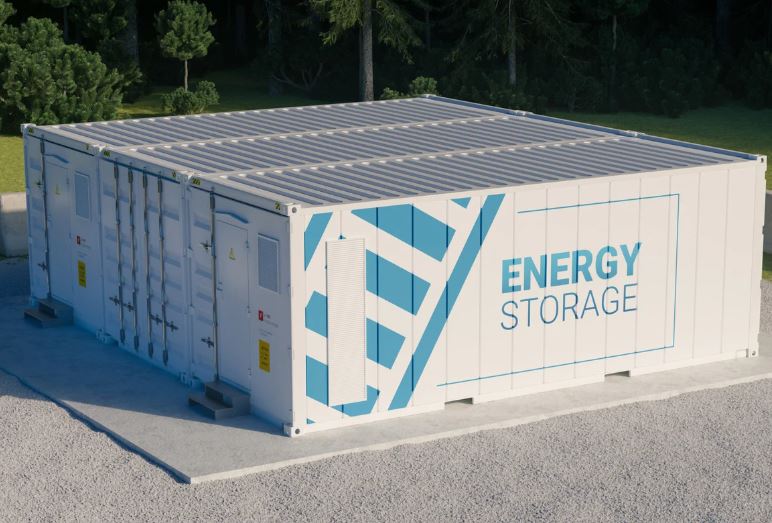As Southeast Europe navigates the grid instability posed by intermittent renewables, Chinese energy storage manufacturer Sermatec has stepped in with a full-lifecycle battery solution. According to the company’s statement, the project—launched in August—aims to optimize off-peak charging and peak-hour discharging, enabling cost-efficient energy usage and stabilizing grid performance. Delivery is expected by the end of December 2025, with grid connection and operation forecast for March 2026.
Southeast Europe’s reliance on solar and wind has grown rapidly. Romania, for instance, added over 1 GW of solar capacity in 2023 alone. However, integration challenges persist. The region suffers from a lack of flexible infrastructure to balance load fluctuations—an issue highlighted in SeeNext’s latest renewable energy market analysis. Sermatec’s timing, then, suggests a strategic move to position its storage tech as a grid enabler rather than merely a commercial add-on.
The company’s system promises modular design, precision-timed charge/discharge control, and a long-lifespan battery—core features increasingly seen as minimum requirements in grid-scale battery energy storage systems (BESS). Yet, without public documentation of technical specs, including round-trip efficiency or degradation curves, the real-world value of Sermatec’s solution remains opaque.
Sermatec’s track record offers some clues. In 2023, it deployed a 5.1 MW/17.8 MWh commercial and industrial storage unit tied to a photovoltaic facility. While details of that system’s performance were not disclosed, the project underscored Sermatec’s move into hybrid renewable-storage deployments—key to decarbonizing Southeast Europe’s energy-intensive industries.
Founded in 2017, Sermatec has scaled rapidly, operating five production bases in China and opening its European headquarters in Germany. Its expansion reflects a broader trend: Chinese storage companies are increasingly targeting EU markets amid tightening domestic margins and Europe’s urgent push to fortify its grid with non-fossil flexibility.
The current project signals a continuation of this trajectory. Sermatec will not only supply the hardware but also provide operational and management support—suggesting a shift toward vertically integrated services and long-term partnerships. That model may resonate in Southeast Europe, where grid operators often lack experience with large-scale storage deployment and demand close vendor collaboration.
Still, the lack of clarity on the project’s location, capacity, and expected performance metrics raises questions. A request for further comment from Sermatec went unanswered at the time of publication, leaving open the degree to which this deployment is a demonstration project or part of a broader commercial push.
As the 2026 grid connection approaches, industry observers will be watching closely—not just to assess Sermatec’s technical execution, but to gauge how aggressively Chinese storage vendors are moving to shape Europe’s emerging BESS market.
